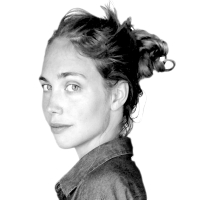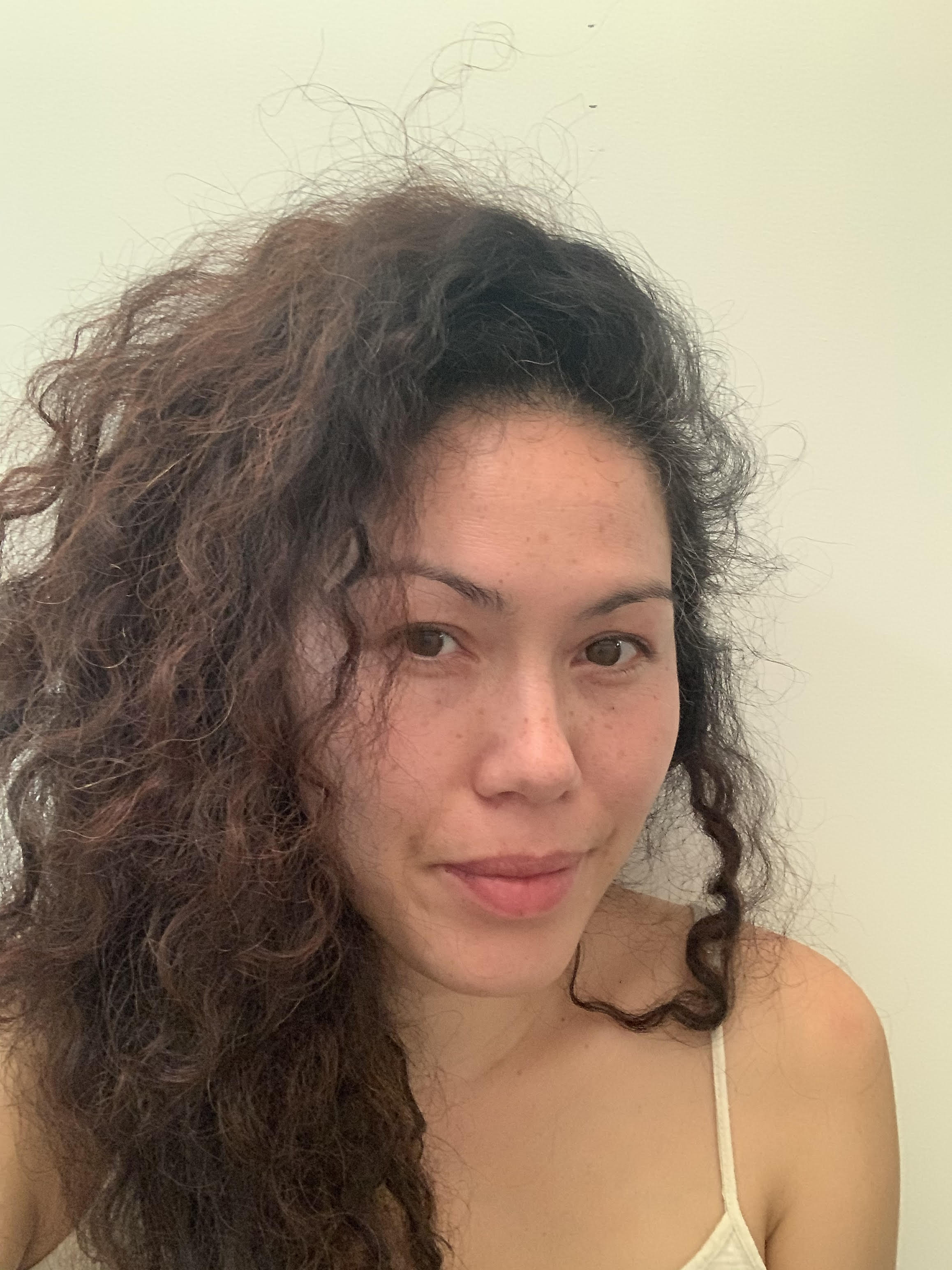Anna Sui
The best thing about Anna Sui’s shows is that you know what to expect from them, at least in broad strokes. It’s the same reason why the beloved New York designer is currently the subject of a well-deserved “World of Anna Sui” retrospective at London’s Fashion and Textile Museum, which is that there’s a reliable coherence and timelessness to her work that makes it as relevant now as it was when she first exploded as a designer in the early ’90s (she presented her very first collection in 1991).
For all of Sui’s recurring references—rock stars, punks, hippies, school girls, Victorian goth—she manages to spin them in a way that feels fresh and spirited. She’s less interested in being avant-garde than she is in being Anna Sui, a designer best known for her bohemian, fantastical style, for her prints and silhouettes.
ADVERTISEMENT
Her show’s invitation promised a “be-in” this season, and indeed there was a distinctly ’70s, Woodstock-y vibe about it. The prélude to the show was a kind of love-and-peace march wherein all the models walked the runway together, slowly and in dim blue lighting.
Then she gave it to us full-on: fringed capes the likes of which Stevie Nicks would die for, moody florals, a mélange of colors and prints. She’s always been a more-is-more designer, which is sort of what Alessandro Michele is doing over at Gucci now.
Sui outlined every look in the collection on the show’s program, with apposite names like “Gathering of the Tribes Cape,” “House of the Rising Sun Bodysuit,” “Multi Incense and Joy Satin Burnout Top,” and “Multi Shades of Psychedelia Cape.”
Sure, it’s all variations on themes she’s played with before, but the collection also felt very of-the-moment. All things witchy and occult are in right now—and Sui delivered them in sartorial spades. LIZZIE CROCKER

Hearts and stars on layered separates at Anna Sui.
Getty
Ethereal hippie chic at Anna Sui.
Getty
Bella Hadid in a “House of the Rising Sun” bodysuit and “Gathering of the Tribes” belt, with feather accents around her neck.
GettyCarolina Herrera
If you had booked to have dinner at New York’s Museum of Modern Art on Monday night, you would have gotten a fashion show thrown in for free. As the fountains tinkled, Carolina Herrera delivered her New York Fashion Week show, with a succession of lush, gliding outfits.
These were dresses and gowns perfect for the princess dressing for a light summer picnic or an evening of serious waltzing. Witness the long dress, with daisy-colored tassels, or another strapless dress in buttercup yellow.
Or the white bustier that came with two layers of diaphanous pink and yellow: If it wasn’t a dress, it could be a delicious ice cream. Some of the gowns had soft 1950s curves, others were sharper and more defined.
There was a gorgeous black dress, with Tiffany-blue colored belt, and a white, wide-shouldered gown with splashes of orange. A lilac chiffon top came with a red silk dress with lilac patterning. Another dress was a silver-colored tribute to Dynasty-era ballgown power dressing. There were colorfully striped dresses, and yellow-striped jackets.
Sheer yellow dresses, and more simply cut, meadow-fresh blue dresses swung by, and then suddenly a white dress with giant, ’80s-style shoulders. Another outfit played with black and white polka dots: The top came with white dots, the bottom half came with white.
For Carolina Herrera, there are endless ways to go out, and be seen: a timeless love of dressing up. TIM TEEMAN

A glorious band of dreamy pastels in this Carolina Herrera gown.
Getty
Bands of glitter and yellow ruffles in perfect synchronicity in this Carolina Herrera dress.
Getty
A Grecian-inspired play on purple and yellow.
Getty
Dramatic Carolina Herrera orange and lilac coat dress.
Getty
Simple and breezy mint summer dress from Carolina Herrera.
GettyZero + Maria Cornejo
Monday evening, lithe fashion industry insiders filed into Pier 59 studios in West Chelsea to see the 20-year anniversary collection by Zero + Maria Cornejo. The crowd, which was clad in mostly black and white, felt selective, and the mingling and chatter made it feel like everyone must have known or at least known of everyone else.
In the studio, skeletal models glided down the runway. The collection was inspired by the designer’s first piece, titled “The Triangle Top,” which was designed in 1997. Throughout the designer’s career, she has had a strong and pervasive aesthetic that combines geometric shapes and tailoring with soft curves, and this collection was no different. Its preoccupation with shapes and geometry fit in well with the past two decades of design. SARAH SHEARS

Pink, red, and flowing at Zero + Maria Cornejo.
Sarah Shears/The Daily Beast
The designer's astute understanding of textiles and textures was apparent in the collection.
Sarah Shears/The Daily Beast
A stiff sculptural dress plays with geometric shapes while retaining a soft and fluid look.
Sarah Shears/The Daily Beast
Bright fuchsia and red color blocking in silk were a feature of the collection and created flowing circular shapes as the models moved down the runway.
Sarah Shears/The Daily Beast






